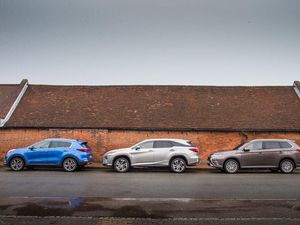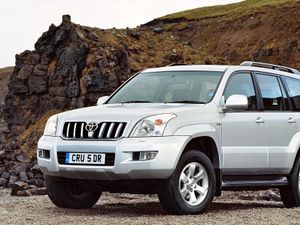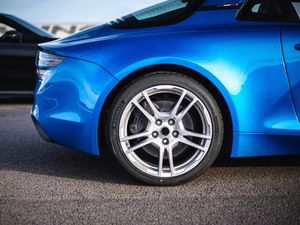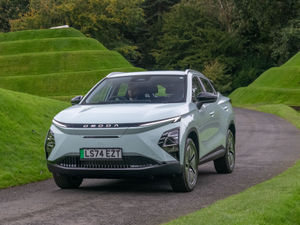Mild hybrid vs traditional hybrid vs plug-in hybrid – which is best?
With so many hybrid systems on the market today, things can get confusing. We round up the three most common

Shopping for your new car used to be as simple as choosing between a petrol or a diesel. But nowadays there are hybrids to consider – and not just hybrids. Series hybrids, plug-in hybrids, range-extending hybrids, parallel hybrids, mild hybrids – it’s all coming up hybrids!
We took three of the most common powertrain options out for a spin to help demonstrate the differences between the three. And these are the contenders…
First, representing the mild hybrid, we have the Kia Sportage 2.0 CRDi 48V. This uses a 2.0-litre diesel engine in conjunction with a 48-volt mild hybrid system to provide a degree of electrification.

Next up, the traditional hybrid, represented by the Lexus RX L. Toyota and Lexus are the most prolific hybrid builders on the market – especially Lexus, which took an industry-leading approach to totally phase out diesel in favour of petrol hybrid powertrains. The RX L uses a 3.5-litre V6 petrol engine in combination with an electric motor.
Finally, the plug-in hybrid, represented by the best-selling example on the market – the Mitsubishi Outlander PHEV, which accounts for 50 per cent of the UK’s plug-in hybrid sales. Capable of around 30 miles on electric power alone, the Outlander has a 2.4-litre petrol engine paired to electric motors and a large battery pack with a charging facility.





